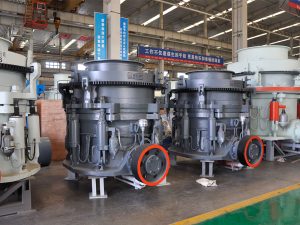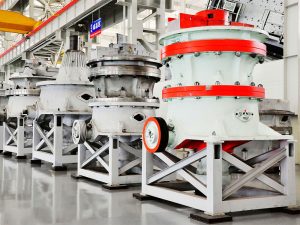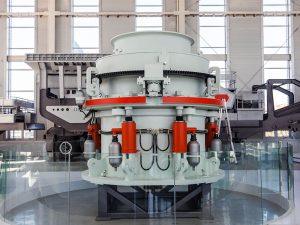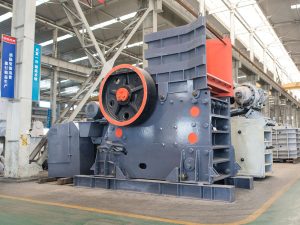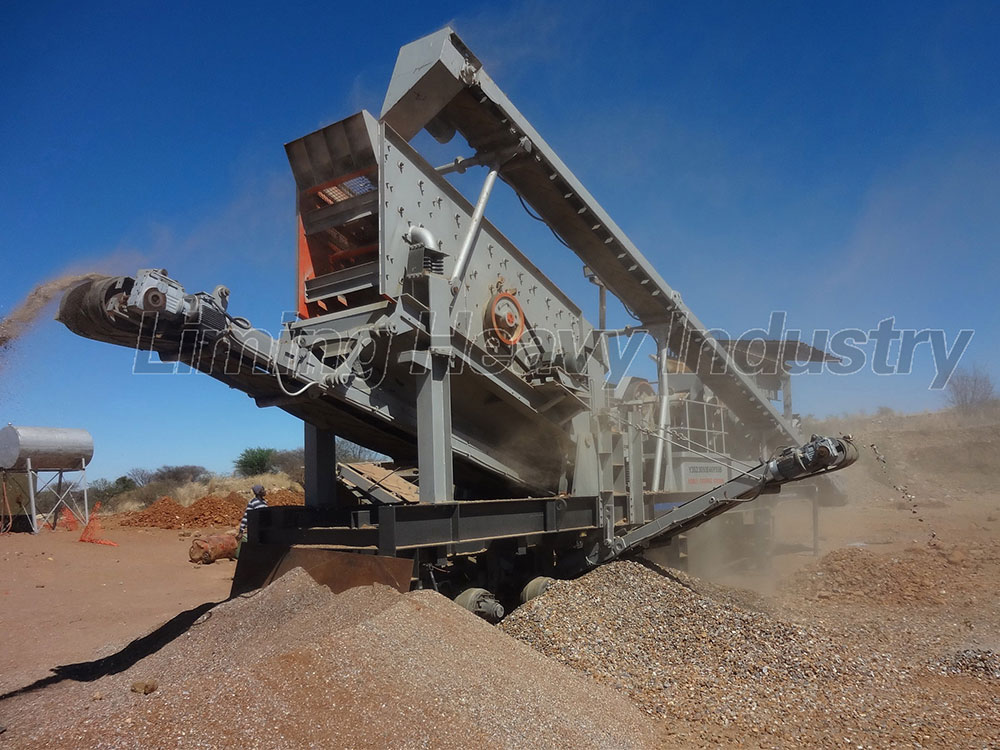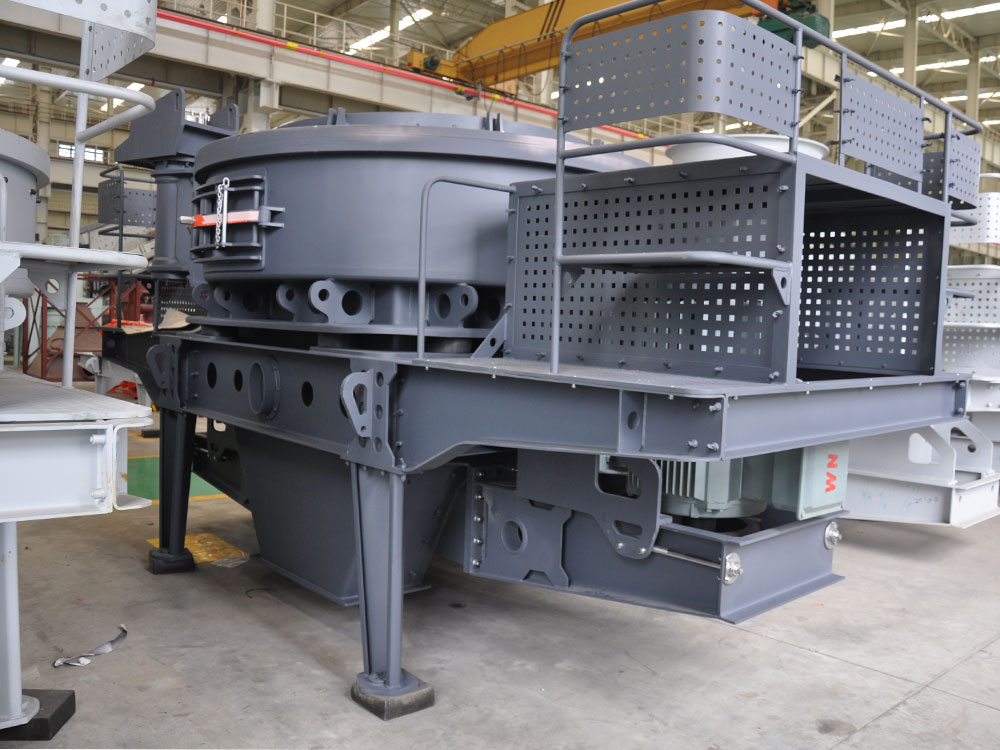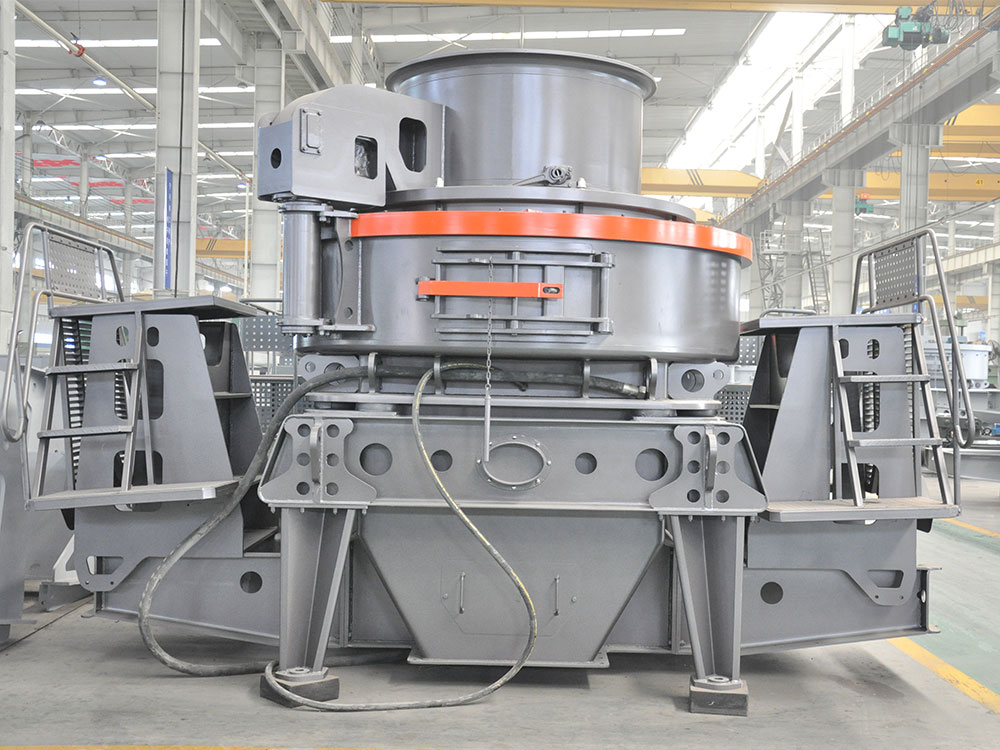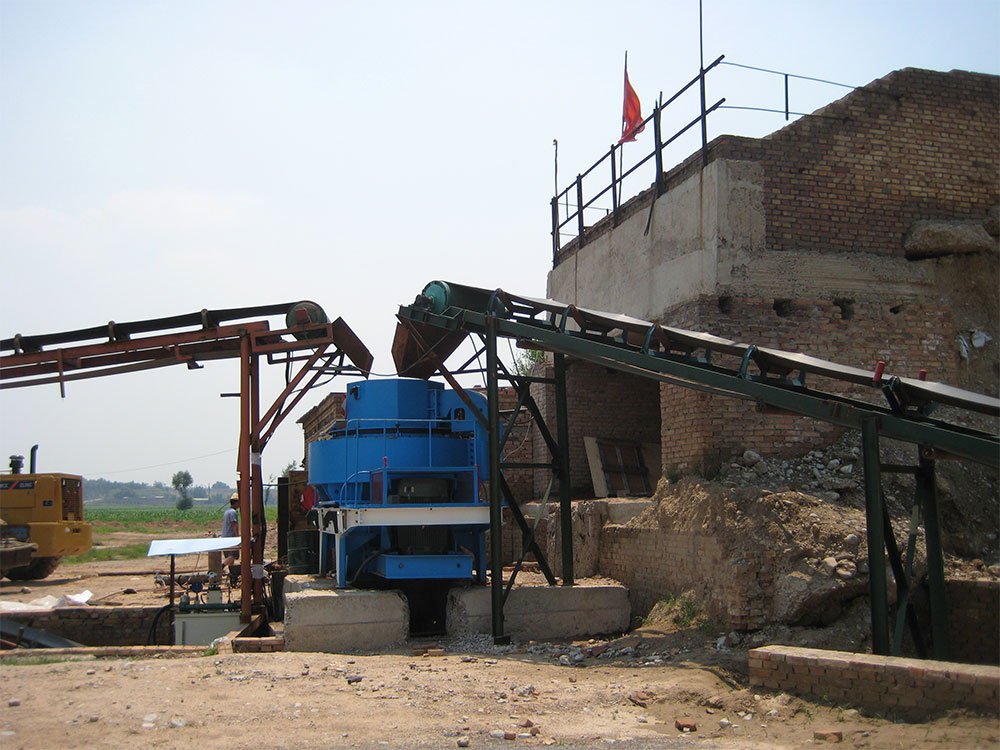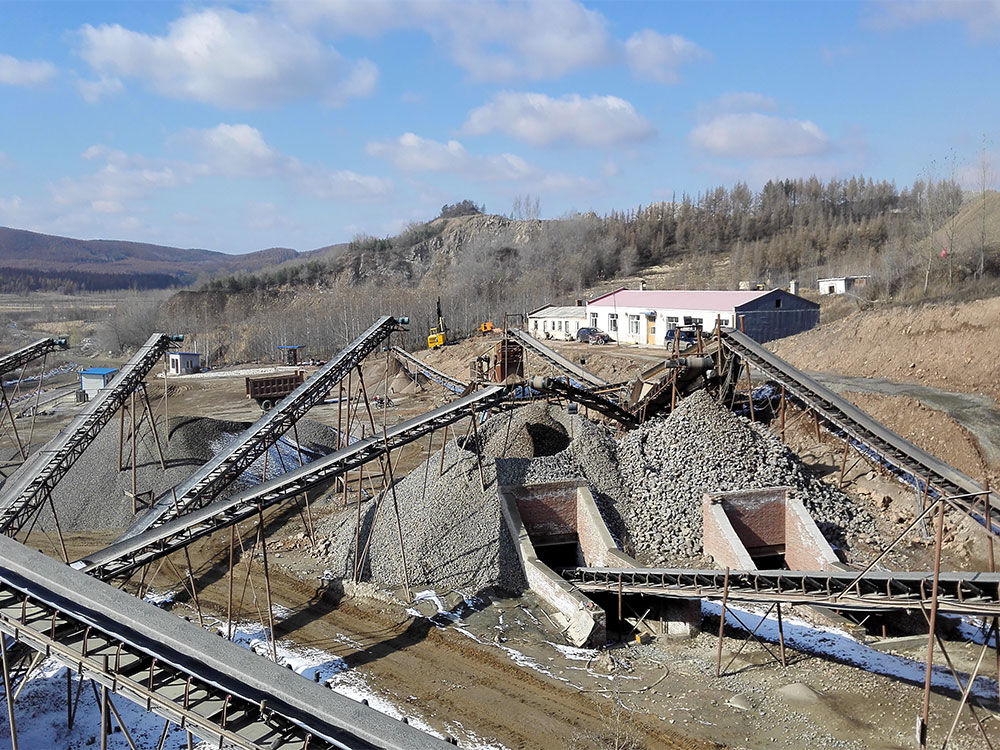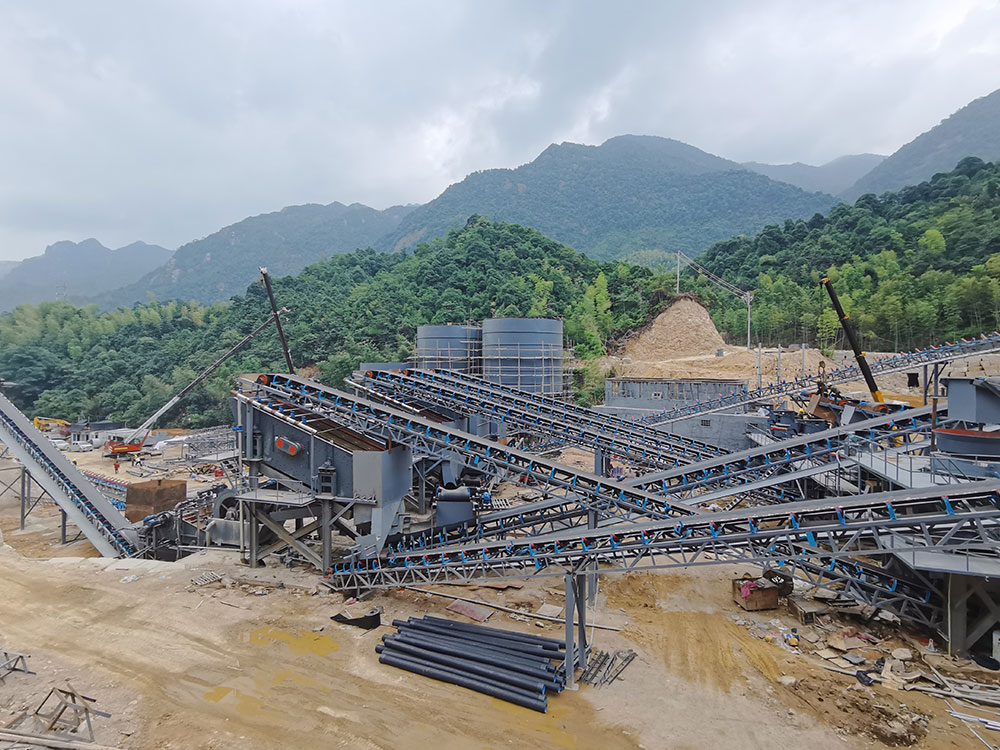Introduction to the River Pebble Sand Making Equipment Crushing Production Line
The River Pebble Sand Making Equipment Crushing Production Line is an advanced industrial system designed to process river pebbles into high-quality construction sand. As natural sand reserves decline globally, this machinery has become indispensable for industries requiring durable, eco-friendly alternatives. By integrating crushing, screening, and sand-making technologies, the production line ensures efficient pebble processing while maintaining environmental sustainability.
This article explores the river pebble sand production line, covering its working principles, applications, technical specifications, and advantages. Whether you’re in construction, infrastructure development, or mining, understanding this equipment will help optimize your operations.
How the River Pebble Sand Making Equipment Crushing Production Line Works
Crushing Stage
The river pebble sand-making process begins with coarse crushing. Large river pebbles are fed into a jaw crusher or cone crusher, which reduces their size to 50–100 mm. This stage ensures uniformity, preparing materials for subsequent grinding.
Secondary Crushing and Screening
Next, a hydraulic cone crusher or impact crusher further breaks down the pebbles to 20–40 mm. A vibrating screen filters out oversized particles, which are recirculated for re-crushing. This closed-loop system maximizes resource efficiency.
Sand Making and Shaping
The core of the river pebble sand-making equipment is the vertical shaft impact (VSI) crusher. Using a "stone-on-stone" or "stone-on-iron" principle, it grinds particles into 0–5 mm sand. Adjustable rotor speeds and cascade feeding enable precise control over grain shape and gradation.
Cleaning and Dewatering
A sand washer removes impurities (e.g., dust, clay) and reduces moisture content. The final product meets international standards for concrete mixing, road construction, and landscaping.
Key Applications of the River Pebble Sand Making Production Line
Construction Industry
The crushing production line for river pebble sand produces high-purity sand ideal for concrete, asphalt, and prefabricated components. Its superior adhesion and compressive strength enhance structural durability.
Infrastructure Projects
From highways to railways, processed river pebble sand provides stable foundations. Its uniform particle size reduces voids, improving load-bearing capacity in sub-base layers.
Landscaping and Urban Development
Architectural firms use this sand for decorative pathways, water features, and eco-friendly urban designs. The natural aesthetics of river pebbles are preserved, aligning with green building trends.
Mining and Quarrying
The river pebble crushing and sand-making system supports sustainable mining by repurposing waste pebbles into valuable resources. This reduces landfill dependency and operational costs.
Technical Parameters of the River Pebble Sand Making Equipment Crushing Production Line
Below are typical specifications for a mid-sized river pebble sand production line:
Feed Size ≤300 mm
Output Capacity 50–500 t/h
Finished Sand Size 0–5 mm (adjustable)
Power Consumption 200–800 kW (system-dependent)
Moisture Content ≤3% (post-washing)
Noise Level ≤75 dB
Customization Options
- Crusher Types: Jaw, cone, or impact crushers tailored to pebble hardness.
- Screening Layers: 2–4 layers for multi-grade material separation.
- Automation Level: PLC control systems for real-time monitoring and adjustments.
Advantages of Choosing the River Pebble Crushing and Sand-Making Machinery
High Efficiency and Low Wear
Advanced wear-resistant materials (e.g., tungsten carbide, high-chrome alloys) extend component lifespan. The river pebble sand-making equipment operates continuously with minimal downtime.
Eco-Friendly Design
Dry-type sand makers and enclosed dust suppression systems reduce water usage and airborne pollutants. This aligns with global sustainability certifications like ISO 14001.
Cost-Effective Production
By automating processes, the crushing production line minimizes labor costs. Higher yield rates (≥90%) ensure rapid ROI for businesses.
Versatility in Output
Adjustable settings allow operators to produce sand for specialized applications, such as ultra-fine sand for 3D-printed concrete or coarse aggregates for railway ballast.
Maintenance Tips for the River Pebble Sand Making Equipment
Routine Inspections
- Check lubrication levels in crushers and vibrating screens weekly.
- Inspect conveyor belts for wear or misalignment.
Component Replacement
- Rotor blades in VSI crushers should be replaced every 800–1,200 hours.
- Screen meshes require cleaning or replacement based on material abrasiveness.
Software Updates
Upgrade PLC firmware periodically to enhance automation precision and energy efficiency.
Selecting the Right River Pebble Sand Making Production Line
Assess Raw Material Properties
- Hardness: Mohs scale rating of pebbles (typically 6–7 for river pebbles).
- Moisture Content: Opt for dry crushers if moisture exceeds 5%.
Define Output Requirements
- Capacity: Match equipment size to project scale (e.g., 100 t/h for small quarries).
- Gradation Standards: Ensure compliance with ASTM C33 or local regulations.
Evaluate Supplier Expertise
Choose manufacturers with proven experience in river pebble processing equipment. Request case studies or site visits to verify performance claims.
The River Pebble Sand Making Equipment Crushing Production Line is revolutionizing construction and mining industries by offering a sustainable alternative to natural sand. With its robust design, energy efficiency, and adaptability, this machinery meets the growing demand for high-quality aggregates while reducing environmental impact.
Investing in a well-optimized river pebble sand production line not only enhances operational productivity but also positions businesses as leaders in eco-conscious manufacturing. As technology advances, expect smarter automation, lower carbon footprints, and broader applications for this indispensable equipment.


